Black Hills Spruce Lumber
- June 27, 2023
- 0 comment
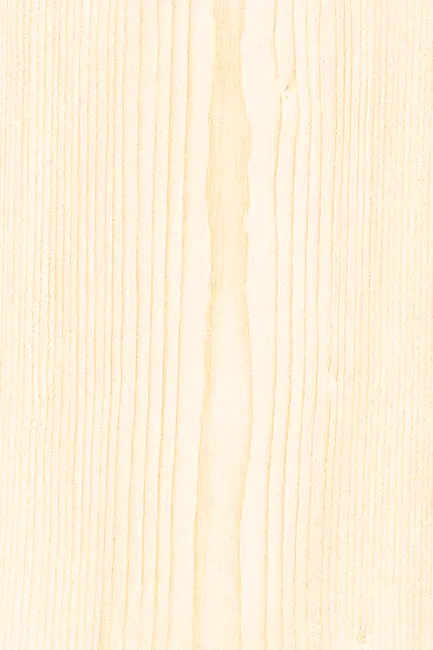
The Black Hills Spruce, known scientifically as Picea glauca var. densata, is a variety of white spruce that is native to the Black Hills of South Dakota. While it’s often used as an ornamental tree, its wood also has properties that can make it useful for certain applications.
When it comes to aesthetics, Black Hills Spruce wood shares similar characteristics with other types of spruce wood. The heartwood is a light, creamy white or pale yellow, with little distinction between it and the sapwood. The grain is straight, and the texture is fine to medium, with a good natural luster. The growth rings can be clearly seen, and the wood has a somewhat homogenous appearance, which can provide a clean, consistent look in finished products.
From a workability perspective, Black Hills Spruce is relatively easy to work with, both with hand tools and machines, although it can be prone to splintering. It holds nails and screws well, and it also glues, stains, and finishes effectively. The wood is moderately strong, but not particularly durable when exposed to the elements, so it’s often used for indoor applications. Common uses include construction lumber, paper (pulpwood), and crates/boxes. As with any type of wood, it’s advisable to check with a local lumber supplier for specific characteristics and suitability for intended uses, as these can vary based on growing conditions and other factors.
| Property | Value |
|---|---|
| Common Name(s) | Black Hills Spruce |
| Scientific Name | Picea glauca var. densata |
| Distribution | Black Hills region of South Dakota, United States |
| Tree Size | 40-60 ft (12-18 m) |
| Average Dried Weight | 24-32 lbs/ft3 (385-515 kg/m3) |
| Specific Gravity | 0.39-0.52 |
| Janka Hardness | 380 lbf (1,690 N) |
| Modulus of Rupture | 5,900-7,700 psi (40.7-53.1 MPa) |
| Elastic Modulus | 970,000-1,340,000 psi (6.69-9.24 GPa) |
| Crushing Strength | 4,100-5,500 psi (28.3-37.9 MPa) |
| Shrinkage | Radial: 3.9%, Tangential: 7.2%, Volumetric: 11.6% |
Color/Appearance:
Black Hills Spruce lumber has a light yellow to pale reddish-brown color. The wood often exhibits prominent growth rings and may display a slightly bluish hue, particularly in younger growth. With age and exposure to light, the wood can darken slightly.

Black Hills Spruce lumber has a light yellow to pale reddish-brown color. The wood often exhibits prominent growth rings and may display a slightly bluish hue, particularly in younger growth. With age and exposure to light, the wood can darken slightly.
Grain/Texture:
The grain of Black Hills Spruce is typically straight, with a fine to medium texture. The wood has a uniform appearance, with occasional small knots and resin pockets. It has a smooth and even texture, making it easy to work with.
Rot Resistance:
Black Hills Spruce is not naturally resistant to rot and decay. It requires proper protection, such as finishes and regular maintenance, to enhance its durability and resistance to moisture-related issues.
Workability:
Black Hills Spruce is generally easy to work with both hand and machine tools. It cuts cleanly and has good dimensional stability. The wood glues and finishes well, allowing for smooth and attractive results. It can be susceptible to splitting if not pre-drilled before nailing.
Odor
Black Hills Spruce typically has no distinct odor when freshly cut, making it suitable for various applications where scent may be a concern.
Allergies/Toxicity:
There are no known specific allergenic or toxic properties associated with Black Hills Spruce lumber. However, as with any wood, individuals with existing allergies should take precautions and wear appropriate protective equipment when working with this material.
Pricing/Availability
Black Hills Spruce lumber is typically available at a moderate price range. Its availability may vary depending on the region and local suppliers. It is advisable to check with local lumberyards or specialized wood suppliers for availability and current pricing.
Sustainability
Black Hills Spruce is often harvested from sustainably managed forests in the Black Hills region of South Dakota. Responsible forestry practices ensure the preservation of the species and the ecological balance of the area.
Common Uses
Black Hills Spruce lumber finds applications in various woodworking projects. It is commonly used for framing, construction, millwork, interior paneling, and furniture. It’s light color and fine texture make it suitable for staining or painting to achieve desired aesthetics.
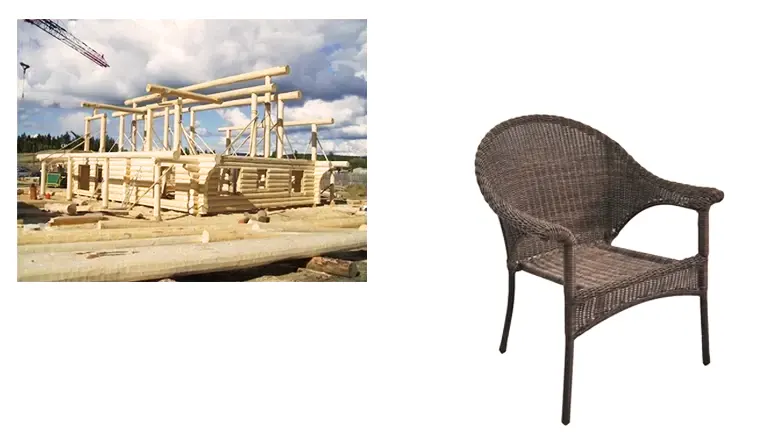
Frequently Asked Questions:
- Can Black Hills Spruce be used for outdoor projects? Black Hills Spruce is not naturally rot-resistant and is best suited for indoor applications. It is not recommended for use in exposed outdoor environments without proper protection and finishes.
- Is Black Hills Spruce similar to other spruce species? Black Hills Spruce shares similarities with other spruce species, but it may have distinct characteristics and growth patterns specific to its region of origin.
- Can Black Hills Spruce be stained or painted? Yes, Black Hills Spruce can be stained or painted to achieve desired colors and finishes. It takes stains and finishes well, allowing for customization to suit specific project requirements.
- Does Black Hills Spruce have a strong aroma? Black Hills Spruce typically has no strong or distinct odor when freshly cut, making it suitable for various applications where scent may be a concern.


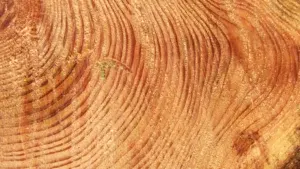
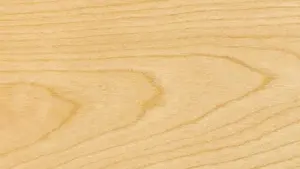
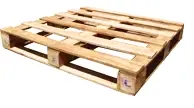
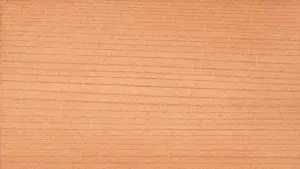


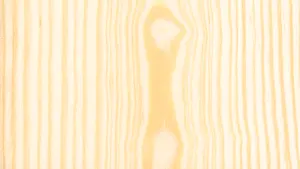
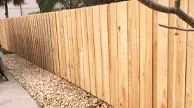
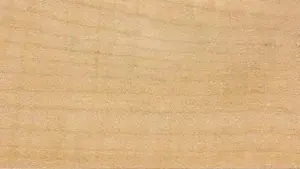

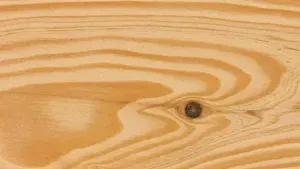
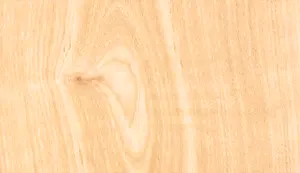
Leave your comment